How to Train Your Puppy: Tips for Beginners

Welcoming a puppy into your life is a joyful and transformative experience. 🐶 These little balls of energy and curiosity bring endless fun, affection, and companionship. However, with that adorable face comes the responsibility of guiding your puppy into becoming a well-behaved and balanced adult dog. Training is more than just teaching your pup tricks; it’s about nurturing a strong bond built on trust, communication, and understanding. At Foodpet.eu, we believe that every pet owner can be a successful trainer with the right knowledge and approach. In this guide, we’ll dive into practical, real-world strategies to help you train your puppy effectively while creating a lifelong connection.
Why Puppy Training Matters 🦴
-
- Helps prevent behavioral problems early
-
- Builds trust between you and your pup
-
- Promotes safety and social confidence
-
- Enhances the human-dog bond
Puppy training is crucial for a variety of reasons that go far beyond obedience. A well-trained puppy grows into a confident dog who is safe, happy, and well-adjusted to both human and canine social settings. Training creates structure and sets clear expectations, which helps reduce anxiety in your pup. It also plays a significant role in preventing problem behaviors such as excessive barking, chewing, or aggression. Furthermore, training strengthens your relationship with your dog. Every training session becomes an opportunity to bond and communicate, building a foundation of mutual respect and affection. A trained dog is not only easier to live with but also safer and more enjoyable to take out into the world. 🐕
When to Start Training ⏰
-
- Start as early as 8 weeks old
-
- Begin with basic commands
-
- Keep sessions short and playful
-
- Use routines to shape good habits
You can begin training your puppy as soon as they arrive home, often around eight weeks of age. At this stage, your puppy is highly impressionable and learning rapidly from their environment. Starting early helps instill good habits before unwanted behaviors can take root. Begin with simple tasks like responding to their name, gentle leash walking, and basic house manners. Keep in mind that young puppies have short attention spans, so keep sessions brief and fun, about five to ten minutes at a time. Focus on building trust and positive associations with training activities. Early training also sets the stage for socialization, which is essential during the critical development window between eight and sixteen weeks. 🐾
Understanding Puppy Behavior 🧠
-
- Puppies explore with their mouths
-
- Behavior is not out of spite
-
- Routine builds confidence
-
- Learn your pup’s body language
Recommended Products:
TC Lovely Puppy 3KG
Optima Nova Adult Digestive 2KG
Optima Nova Puppy Sensitive 2KG
To train your puppy effectively, it’s important to understand their behavior and how they perceive the world. Puppies explore with their mouths, leading to common issues like nipping and chewing. They don’t act out of spite or stubbornness, they’re simply learning what’s acceptable. Puppies also thrive on routine and predictability. They learn best when training is consistent, positive, and reinforced with immediate feedback. Understanding body language is key: a wagging tail, flattened ears, or a tucked tail all communicate how your puppy is feeling. Being in tune with your puppy’s emotional state allows you to respond appropriately and tailor your training approach to their comfort and confidence levels. 🐕🦺
Basic Training Principles 📚
-
- Be consistent with commands
-
- Reward good behavior immediately
-
- Keep sessions short and focused
-
- Use only positive reinforcement
Consistency is the cornerstone of successful puppy training. Use the same cues, commands, and routines every time to avoid confusion. Positive reinforcement, rewarding the behaviors you want to encourage, is far more effective than punishment. Praise, treats, and playtime can all serve as valuable rewards. Keep sessions short and engaging to maintain your puppy’s interest. Break training into small, achievable steps and celebrate each success. Timing is crucial; reward your puppy immediately when they perform the desired behavior so they can make the connection. Training should always be a positive experience. Avoid harsh corrections, as they can damage trust and hinder progress. Instead, focus on building a language of mutual respect and understanding. 🐾
Essential Training Tools 🧰
-
- High-value treats
-
- Clickers for marking behaviors
-
- Collars/harnesses and leashes
-
- Crates for training and security
Equipping yourself with the right tools can make training smoother and more enjoyable for both you and your puppy. High-value treats are indispensable, they should be small, soft, and irresistible. A clicker can be a helpful aid in marking desired behaviors with precision. A properly fitted collar or harness, along with a sturdy leash, is essential for leash training and safety. Crates are valuable for house training and providing your puppy with a secure, den-like space. Don’t forget a selection of toys, especially chew and puzzle toys, which help manage boredom and encourage problem-solving skills. Having the right gear sets the stage for productive and stress-free training sessions. 🎾
Crate Training 🏠
-
- Choose a quiet crate location
-
- Make the crate a happy place
-
- Gradually increase crate time
-
- Never use the crate for punishment
Crate training is one of the most effective methods for housebreaking and teaching independence. When introduced properly, a crate becomes a comforting and safe haven for your puppy. Start by placing the crate in a quiet, low-traffic area of your home. Keep the door open and encourage exploration with treats and toys. Feed meals inside the crate to create positive associations. Gradually increase the amount of time your puppy spends in the crate, always ensuring they’re comfortable and relaxed. Never use the crate as a form of punishment. It should be a peaceful place, not a source of stress. Crate training also aids in preventing destructive behaviors when you're not able to supervise your pup. 💤
House Training 🚽
-
- Set a consistent bathroom routine
-
- Praise immediately after success
-
- Clean accidents with enzyme cleaner
-
- Avoid punishment for mistakes
House training is often the first major milestone for new puppy owners. Establishing a routine is key. Take your puppy outside first thing in the morning, after meals, after naps, and before bedtime. Choose a consistent spot for bathroom breaks and use a cue like "go potty." Praise and reward your puppy immediately after they do their business in the correct spot. Be patient, accidents will happen. When they do, clean thoroughly with an enzymatic cleaner to remove any lingering odors. Avoid scolding or punishment; it only creates fear and confusion. With consistency and positive reinforcement, your puppy will learn where and when it's appropriate to go. 🐾
Teaching Basic Commands 🎓
-
- Start with sit, stay, come, leave it
-
- Use treats and praise
-
- Practice in quiet areas first
-
- Build up to distractions gradually
Basic commands lay the foundation for good manners and safety. Start with essential cues like “sit,” “stay,” “come,” and “leave it.” Begin training in a quiet, distraction-free environment and gradually introduce more challenging settings. For example, to teach “sit,” hold a treat above your puppy’s head and move it back toward their tail. As they naturally sit, say the command and reward. For “come,” crouch down, open your arms, and call your puppy in an enthusiastic tone. Always reward generously when they respond correctly. Be patient and avoid repeating commands excessively, this can dilute their meaning. Instead, guide your puppy to the correct behavior and reinforce success. 🎉
Socialization 🌎
-
- Introduce new people and dogs
-
- Explore different sights and sounds
-
- Keep interactions short and positive
-
- Watch for signs of fear or stress
Proper socialization is critical for raising a confident and well-behaved dog. During the first few months, expose your puppy to a variety of people, animals, environments, sounds, and situations. This exposure helps prevent fear and aggression later in life. Arrange playdates with vaccinated dogs, visit different locations, and introduce your pup to new experiences in a controlled and positive manner. Keep interactions short and pleasant to avoid overwhelming your puppy. Monitor their body language closely and provide reassurance when needed. Positive early experiences lay the groundwork for a dog that adapts easily to the world around them. 🐾
Leash Training 🦮
-
- Let your puppy adjust to the leash
-
- Reward walking beside you
-
- Stop if they pull
-
- Be patient and encouraging
Leash training is an essential skill for safe and enjoyable walks. Start by allowing your puppy to wear their collar and leash around the house to get used to the sensation. Begin walking in a quiet area and encourage your pup to stay close by rewarding them for walking beside you. If they start pulling, stop and wait until they return to your side before moving again. Avoid yanking the leash or using punitive equipment. With patience and consistency, your puppy will learn that staying close to you leads to good things. Make walks a time for exploration, bonding, and exercise. 🚶♂️
Handling Common Challenges 😅
-
- Address the root of unwanted behaviors
-
- Increase mental/physical stimulation
-
- Stay consistent with training
-
- Celebrate small wins and improvements
Even with the best plans, puppy training comes with its fair share of bumps along the way. You might run into setbacks like barking at strangers, chewing on furniture, or having accidents indoors despite progress. Instead of getting frustrated, take a step back and assess the root cause. Often, these behaviors stem from boredom, a lack of routine, or insufficient exercise. Revisit your puppy’s daily schedule and enrichment activities. Are they getting enough mental stimulation? Are you reinforcing the right behaviors consistently? Adjust as needed, and remember, progress isn’t always linear. Stay patient, celebrate small wins, and be willing to adapt your training techniques as your puppy grows and changes. 🐶
Positive Reinforcement in Action 🥳
-
- Reward immediately after good behavior
-
- Use a variety of reinforcers
-
- Phase out treats over time
-
- Keep training fun and stress-free
Reward-based training is not just effective, it’s a joyful process for you and your pup. Let’s say your puppy sits when you ask without hesitation. Immediately follow up with enthusiastic praise and a small treat. This clear connection between behavior and reward is what drives learning. Use a variety of reinforcers, food, toys, attention, and freedom, to keep things fresh. Be mindful, though: timing matters. If you wait too long to reward, your puppy might associate the treat with whatever they did after the desired action. Consistency and immediacy are key. As your dog gets better at certain skills, you can gradually phase out treats and rely more on praise or play as reinforcement. 🎁
Advanced Training and Enrichment 🧩
-
- Teach fun tricks and games
-
- Use puzzle toys and feeders
-
- Explore dog sports and agility
-
- Continue training throughout life
Once your puppy has mastered the basics, it’s time to take things up a notch. Enrichment and advanced training not only keep your dog mentally sharp but also deepen your connection. Consider teaching fun tricks like “roll over,” “shake,” or “spin.” These aren’t just crowd-pleasers, they also build problem-solving skills. Puzzle feeders, scent games, and agility courses are great ways to provide both physical and mental exercise. You can even explore dog sports or enroll in obedience classes for socialization and structured learning. Remember, training never truly ends. It evolves as your relationship with your dog grows, and it should always feel like a team effort. 🏅
Conclusion 💛
-
- Be patient and consistent
-
- Celebrate your puppy’s progress
-
- Keep learning together
-
- Enjoy the lifelong bond you’re building
Training your puppy isn’t about being perfect, it’s about being consistent, compassionate, and committed. With patience and positivity, you’ll guide your little one through the learning curve and into a life filled with confidence and connection. At Foodpet.eu, we’re here to support you every step of the way, whether you’re picking out your pup’s first leash or looking for tasty training treats. Remember, the time and effort you put into training now will pay off for years to come. So take a deep breath, grab those treats, and enjoy the journey, you’ve got this. 🐾
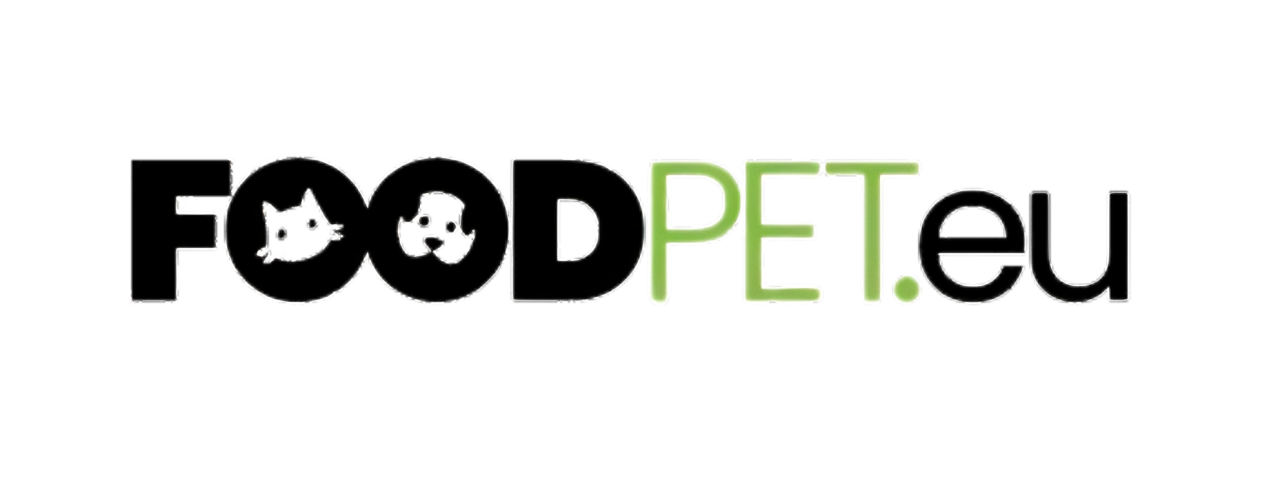
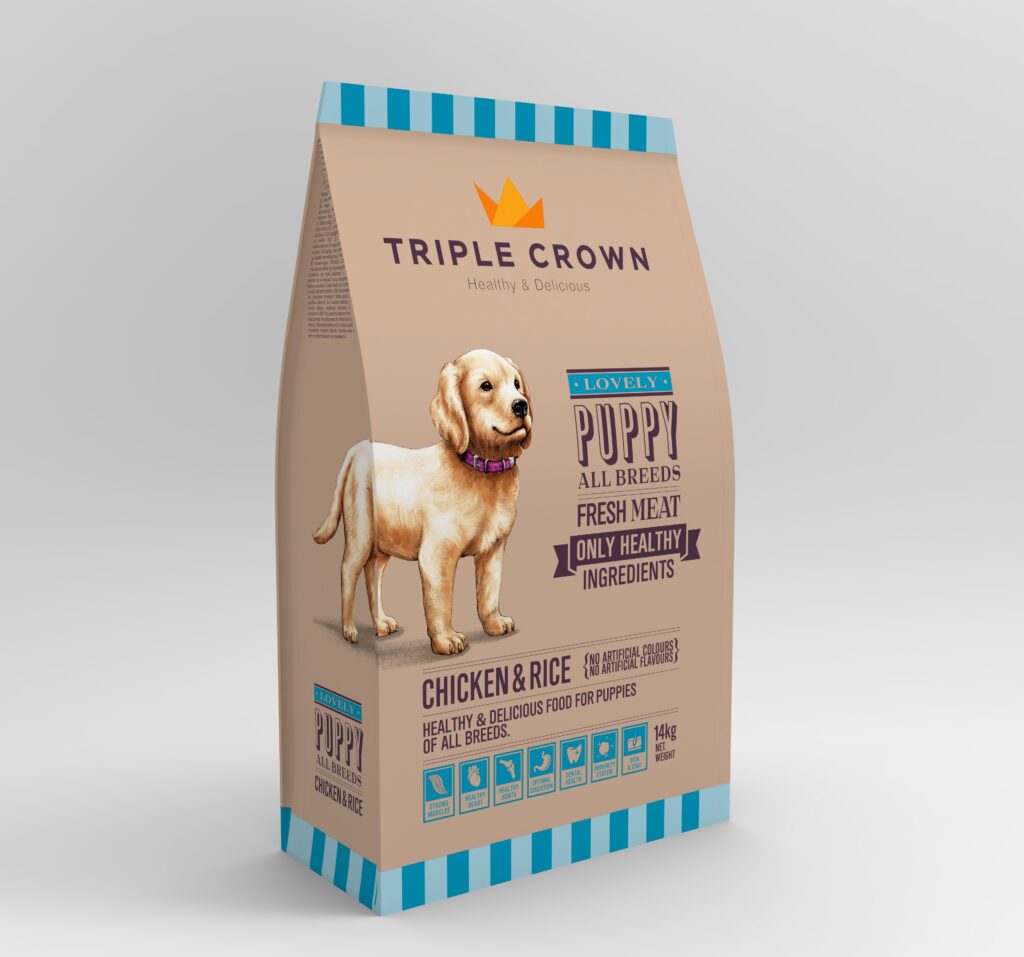
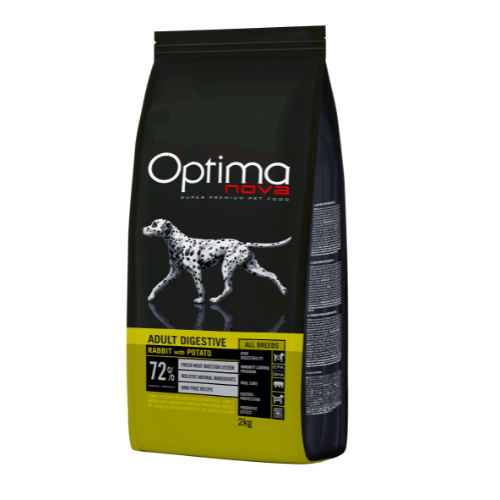
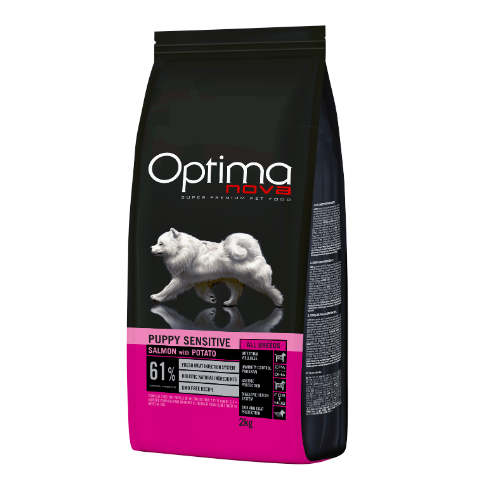
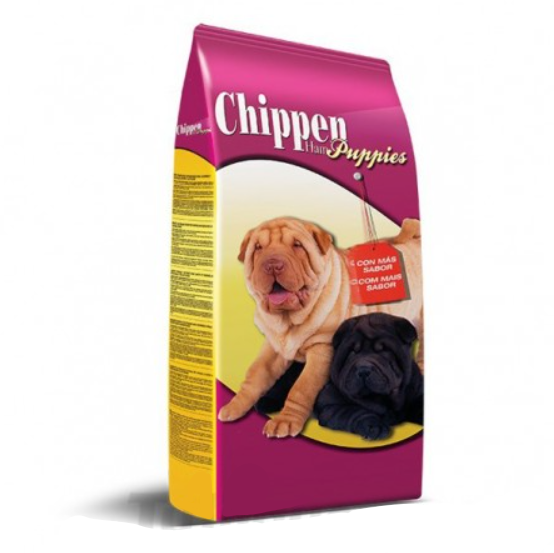
greagt